Analysis for all!
The revolution of low-cost analytical instruments
Analytical science has enabled major breakthroughs in health, forensics, environmental research and manufacturing – to name just a few. This has largely been through the continuous evolution and improvement of scientific instrumentation. However, these instruments are expensive and need skilled professionals to operate and maintain them. This puts them out of reach to many organisations that need to access rapid analysis of materials or processes. However, thanks to the rise of modern, cheap electronics, it has become possible to achieve fast and efficient analysis with low-cost devices. These developments are of great interest to organisations and institutions with limited budgets or a need to deploy portable instruments in the field or at remote sites.
“A more democratic kind of analytical science”
“I am passionate about analytical chemistry and instrumentation,” says Professor Guillaume Erny of the Universidade do Porto, Chair of the European network for the promotion of portable, affordable and simple analytical platforms (PortASAP). “High quality scientific instrumentation can be expensive. But now we have access to very cheap electronics, easy access to very good databases, and the ability to use, say, smartphones as sensors for chemistry.”
“There is a parallel world to big instrumentation where people are designing and building their own instruments to measure real-world data in a ‘Do It-Yourself’ environment,” he continues. “The whole idea of PortASAP was to see what has been done in terms of this cheaper type of instrumentation and see where it could be applied. We wanted to spread the word and enable more people to do their own analysis at, perhaps, 5 to 10 % of the cost with still acceptable results for society – a more democratic kind of analytical science!”
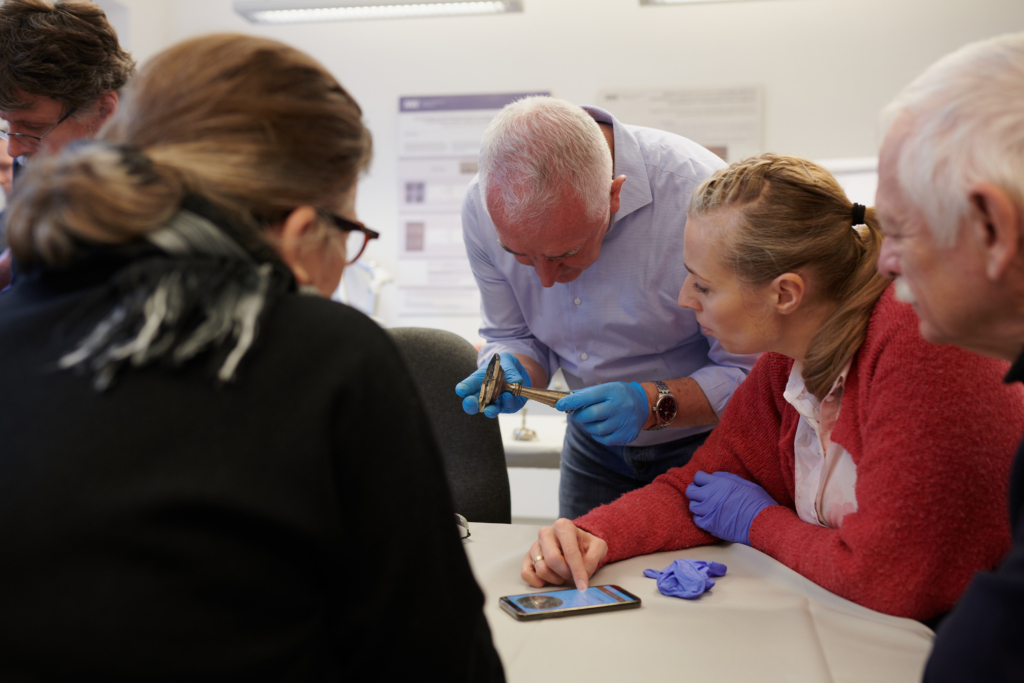
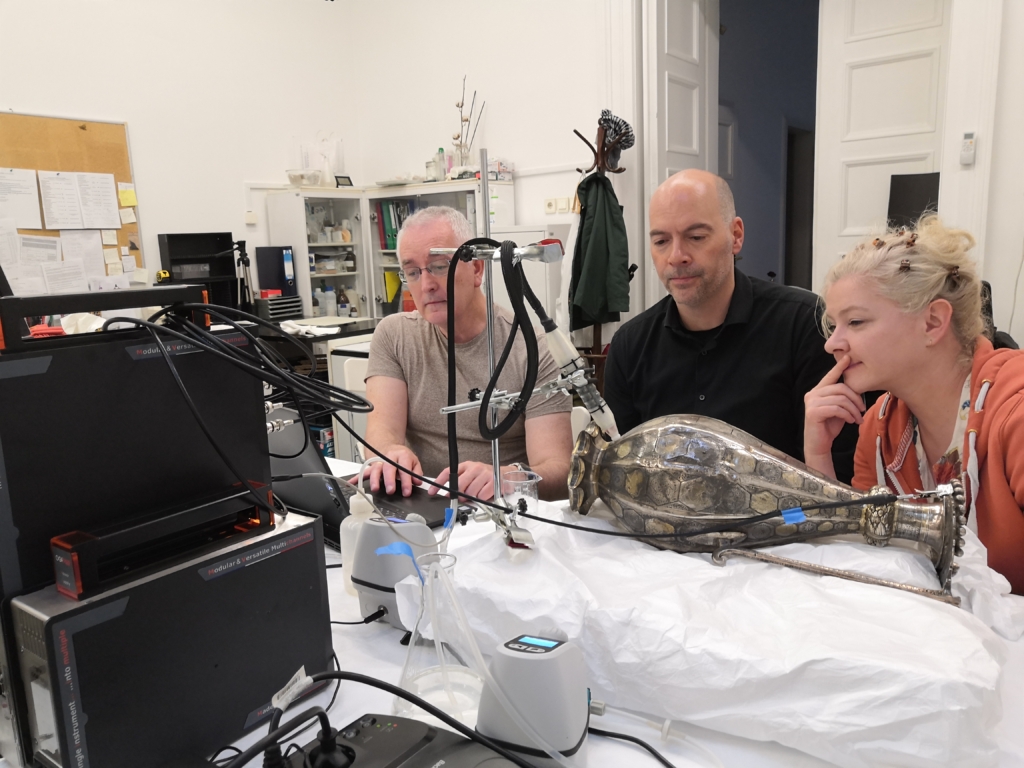
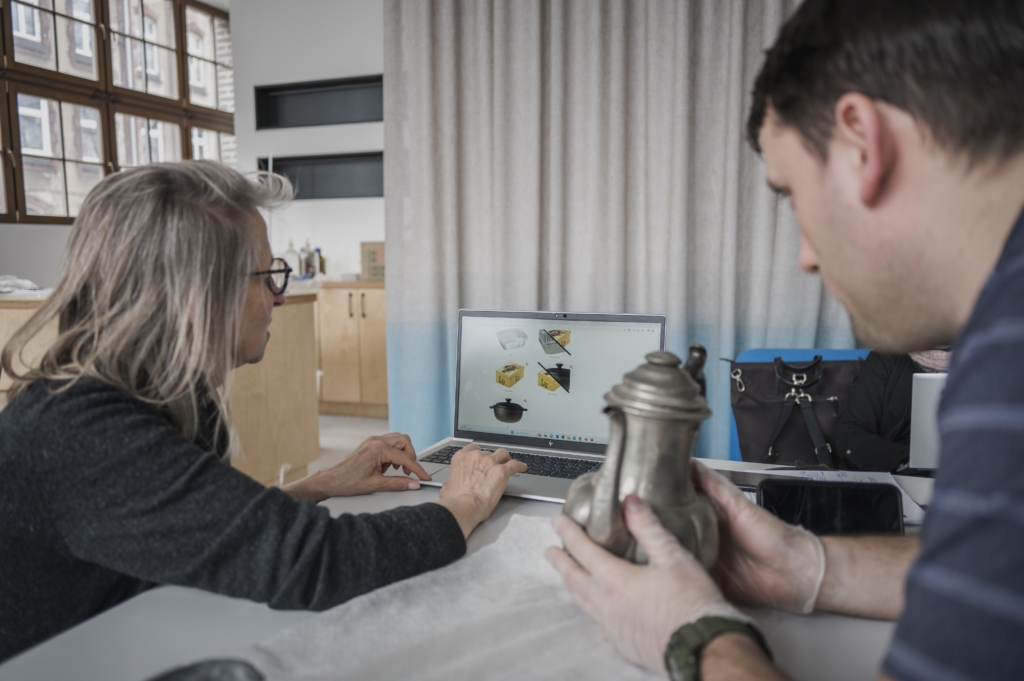
The Action became a very large and very interdisciplinary group and was invited to organise a session at Euroanalysis 2019 dedicated to open-source instruments that exposed the project results to an even broader audience.
The Action’s Working Group on sample preparation was one of the bigger groups and this part of the network is continuing though a dedicated study group within EuChems – the European Chemistry Society Analytical Chemistry division.
The Action’s training schools were highlights for Guillaume. “In particular the first one in Porto,” he recalls. “We asked the participants to develop a spectrophotometer with a smartphone and analyse a bottle of wine from their own country. So many different devices and approaches – it was a great event.”
What next?
A number of national and European projects stemmed from the Action including a COST Innovator Grant (CIG) project, ‘European Network for the Dissemination of portable, Low-cost, minimally invasive, EaSy-to-uSe and easily accessible analytical tools to meet the needs of Metal heritage conservation‘ (ENDLESS Metal) that aimed to provide cultural heritage professionals who deal with metals with portable, low-cost, minimally invasive, and easy-to-use analytical tools.
Discover the EndlessMetal video:
The project was led by Dr Christian Degrigny of the Haute Ecole de Conservation-restauration Arc (HE-Arc CR) in Neuchâtel, Switzerland. “When I joined PortASAP there was nothing about cultural heritage in the programme,” he says. “Our community is often forgotten but conservation experts need to be able to analyse artefacts, to be able to diagnose damage and understand what is required to conserve the items in the best way. And the analyses also need to be economic. With a few colleagues, we started raising our voice within the Action, which was finally heard by the support of the PortASAP core group for the submission of our CIG.”
Under ENDLESS Metal a set of three tools, developed at HE-Arc CR, that enable any conservation professional to identify metal and/or corrosion layers to assess corrosion structures, were combined and disseminated to the conservation community.
“These tools support conservation professionals to make a preliminary diagnosis of heritage metals,” explains Christian. “The CIG has now trained many young professionals from across Europe and a variety of backgrounds, including art history and collection management, conservation-restoration, conservation and applied sciences, and archaeology, with these tools.”
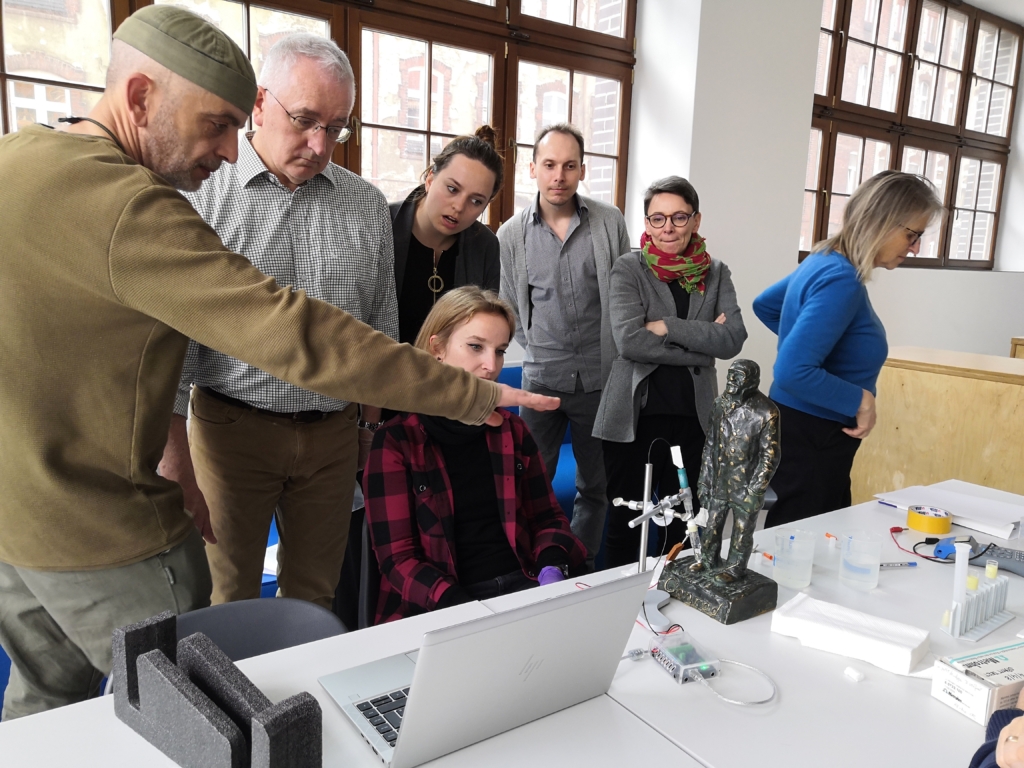
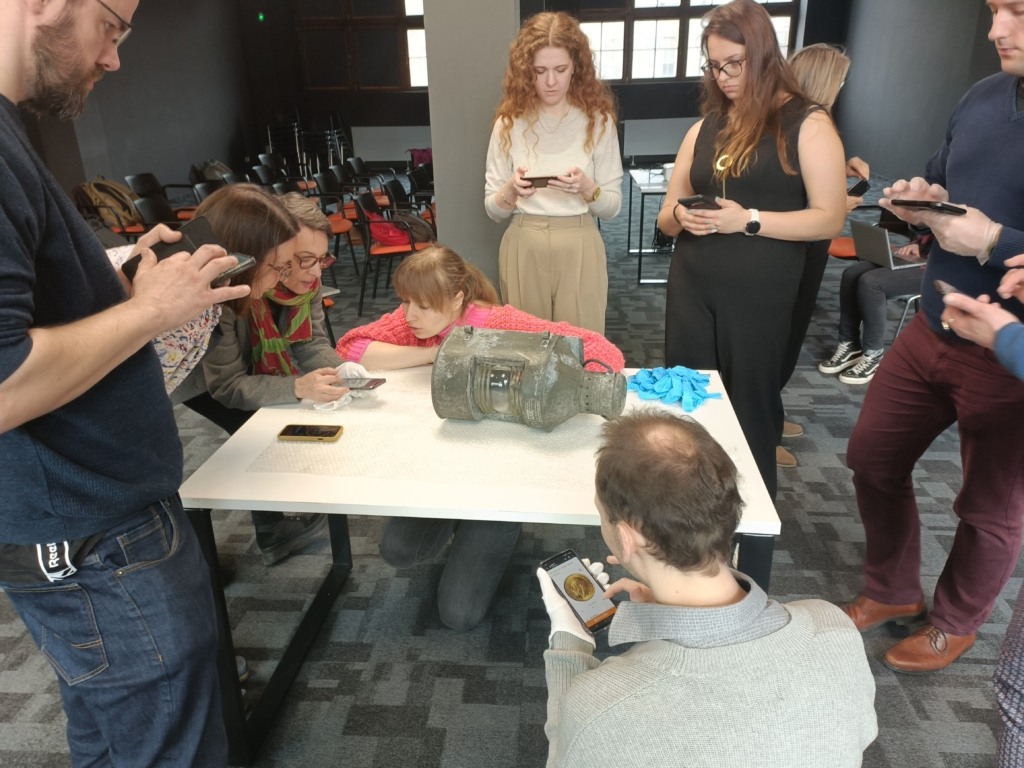
With the CIG now ended Christian is creating a network of ENDLESS Metal tool users. “In addition, we are planning to work with companies that are interested in our tools and would like to distribute commercial versions of them to other communities” he concludes.
Additional information
Discover the videos about the EndlessMetal tools: MiCorr, DiscoveryMat and Pleco:
